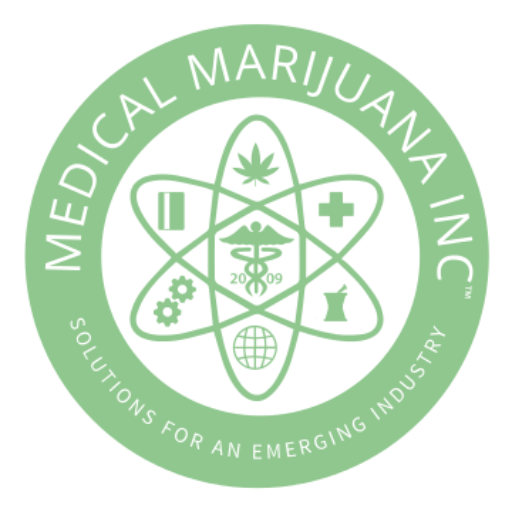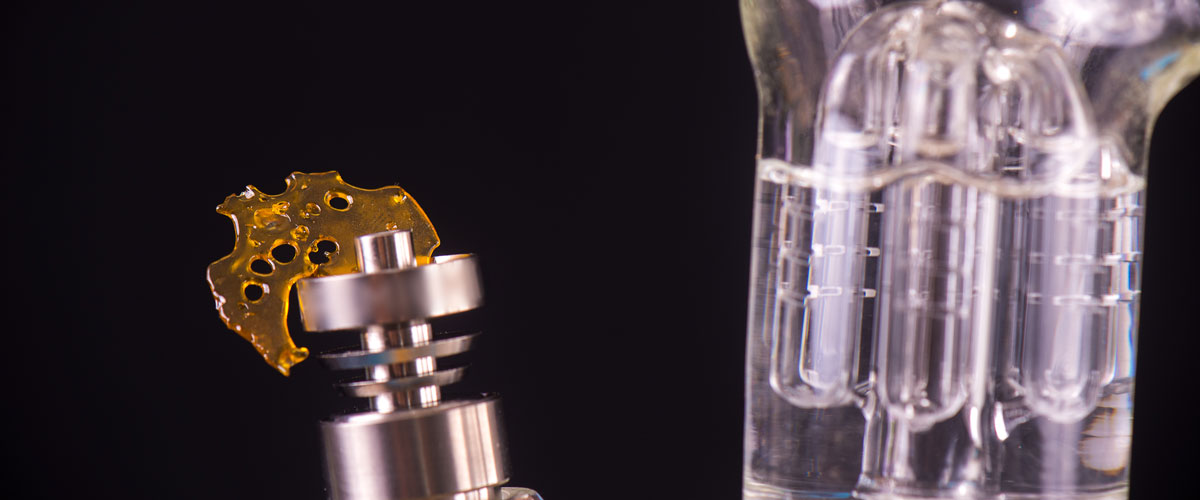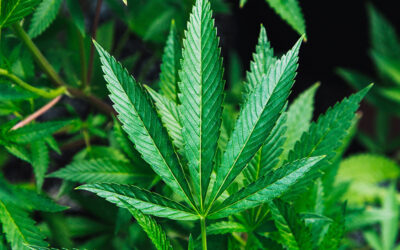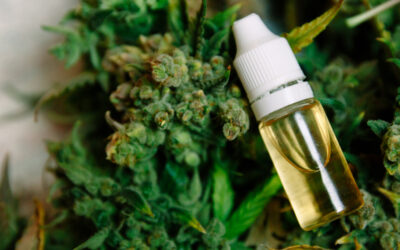Dabbing burst onto the scene as an exciting new way to use cannabis extracts to take advantage of the flavor and potency of cannabis oils. Our guide to dabbing has everything you need to know about how to dab.
First of all we have to answer the question “what is dabbing?” Dabbing is a method of vaporizing cannabis extracts that has become increasingly popular over the past few years as more people discover the high potency of dabbing and fast activation of its effects. Dabbing takes advantage of technology that allows manufacturers to extract compound-rich cannabis oils to maximize their cannabinoid intake while preserving the plant’s flavor.
Whether you are a first time dabber or have been dabbing for years, we have compiled everything you need to know about dabbing, so you can consuming cannabis extracts with confidence.
Types of Cannabis Extracts Used in Dabbing
Before we get into what dabbing is, let’s look at how dabs are different from dry marijuana flower.
What are the cannabis extracts involved in dabbing? People call dabs by different name – dab wax, shatter, extracts, honey oil, BHO. Regardless of the form they take, cannabis extracts are all created by extracting the oil from the cannabis plant.
This extraction process concentrates compounds like the terpenes (aromatic oils that add to the cannabis plant’s smell and flavor) and the cannabinoids found in cannabis, creating a strong, flavorful oil that can reach potencies up to 90% cannabinoid content or higher, perfect for dabbing.
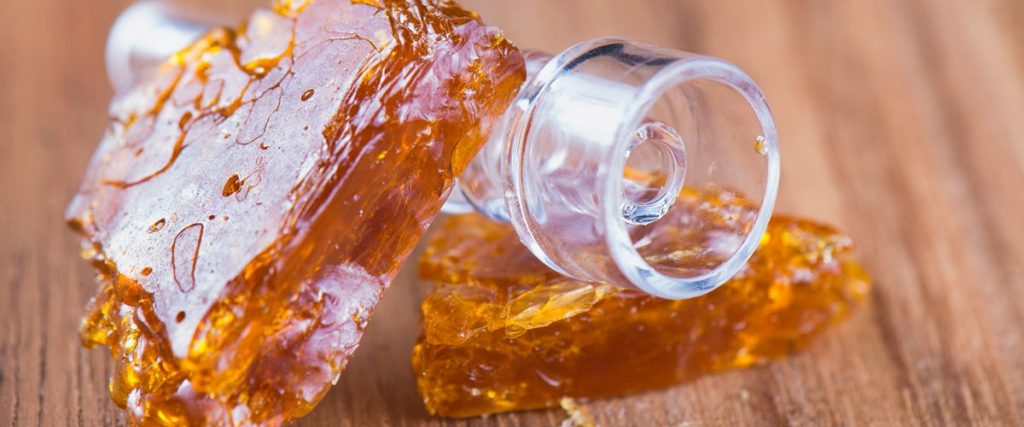
Extraction can be done using a number of methods and with a variety of solvents (butane, CO2, ethanol, etc.), each presenting its own advantages and limitations affecting potency, purity, and flavor. While light coloring and translucence are prized in cannabis extracts, it isn’t a perfect indicator of quality dabs.
Cannabis extracts can take a number of forms, depending on how the cannabis oil is processed after extraction. Heat, moisture, and high terpene content also affect the resulting form the extract takes.
Here are the most common forms of extracts that can be dabbed:
- Sap: often formed when extracts have high terpene contents, these aromatic oils are thick and viscous, resembling tree sap.
- Shatter: hard, stable, glass-like concentrate formed by cannabis oil that has not had its molecules disturbed.
- Wax: opaque and sometimes sticky concentrate formed when molecules are disturbed and refract light, causing it to loose its translucence.
- Crumble: similar to wax in color, crumble or honeycomb is drier and less oily, creating a more solid texture.
- Oil: CO2 extraction, regarded as a non-toxic and much safer method, often creates a soft, oily product that can be left as is or further processed into various forms.
- Isolate: cannabinoids such as THC or CBD that have been chemically removed and purified from cannabis oil, creating up to 99% pure concentrates that appear as crystals or CBD powders.
- Rosin: a solventless extract made using heat and pressure to squeeze the golden cannabis oil from the plant’s bud.
Some of these dab types are easier to dab than others because of their varying consistency. You will find that as you dab, you’ll learn which types of dabs your prefer and work best with your dab rig and accessories.
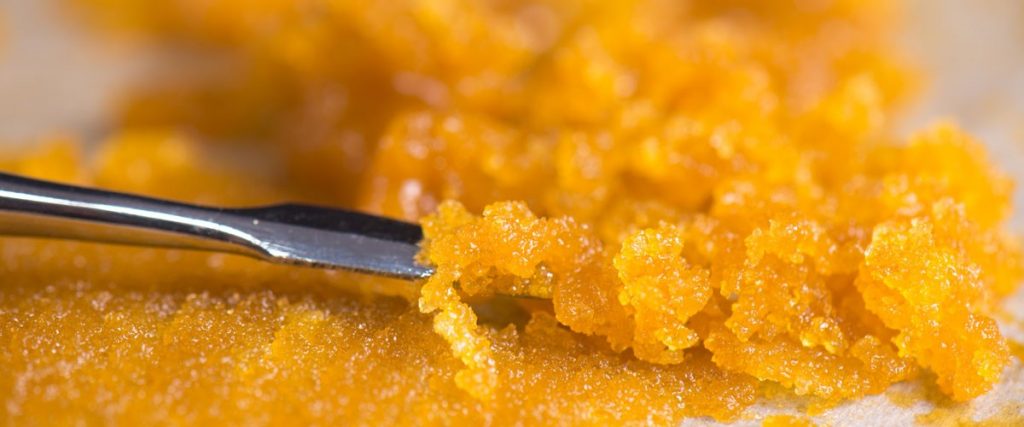
What is Dabbing?
So what is dabbing? It is one of the fastest growing methods for consuming cannabis oil. Dabbing flash-vaporizes cannabis extracts for high-intensity consumption. A dab of cannabis extract is introduced to, or “dabbed”, onto a hot surface, and the resulting smoke-free vapor is inhaled. This is done using a uniquely adapted water pipe or dab rig specifically designed for dabbing. Now that you know what dabbing is, we will go into more detail about how to dab below.
How to Dab?
Before you can start to dab your cannabis extracts or dabs, you need to acquire some specialized equipment.
What do I need to start dabbing?
- Cannabis extracts (dabs) of your choice.
- A nail – the surface you heat to vaporize your dab. Popular materials include titanium, quartz, and ceramic.
- A special water pipe or “dab rig” with a fitting for a nail.
- A dabber, typically metal or glass, used to apply a dab to a hot nail.
- A blowtorch, used to heat your nail. Torches are now available specifically for dabbing in a range of sizes and styles.
Optional:
- Carb cap, placed over your nail after dab is applied to capture lost vapor.
- Glass dome, placed around a hot nail before dabbing to prevent lost vapor.
- Electric nail – an electric powered coil that continuously heats your nail, removing the need for a torch.
Once you have everything you need to start dabbing, the process is quite simple.
Steps to Dabbing:
Most consumers of cannabis extracts will first load a dab onto their dabber and set it aside. This ensures your dab will be ready to use before your nail cools once again. Remember that dabs are much stronger than even the most potent cannabis flower and even a little bit can create a big cloud of vapor. Start off small. See how your lungs handle the vapor and test your tolerance for high percentage THC dabs.
Using a torch, heat your nail until it begins to turn red. Be careful not to overheat your nail, especially when working with quartz, to avoid potential damage. The typical heat range is 500°– 800°. You will also want to heat your nail or bucket by pointing the flame away from yourself and others.
There is some debate over the ideal temperature at which to dab cannabis concentrates. While a hotter nail will more fully vaporize your dab for stronger effects, a lower temperature dab will provide more flavor and a smoother hit. How hot you heat your nail is going to be a personal preference.
You will then want to dab your extract onto the hot nail. To do this, repeatedly tap and/or place your dabber on your nail’s hot spot. Watch your dabber and nail to see if the dab is vaporizing properly and adjust your dabber’s positioning until the extract is completely vaporized.
As the extract melts and vaporizes, inhale from the mouthpiece to draw the vapor up through the water in your dab rig and into your lungs, hold for a moment, and exhale. Dabbing is as easy as that.
Because dabbing rapidly introduces high levels of cannabinoids to your system while offering flavorful clouds of vapor, it has become the method of choice for many consumers.
Be sure not to touch the hot nail during or after your dab, as it can stay extremely hot well after you have finished your dab. This cannot be stressed enough. Dabbing uses incredibly high temperatures, and a hot nail can generate a serious burn if you are not careful.
Is Dabbing Dangerous?
In some minds, blow torches and glowing hot surfaces look dangerous, giving dabbing a bad reputation. However, using a torch for dabbing is no more dangerous than making a creme brulee, and a small amount of care will prevent burns from any hot surfaces.
Another fear about dabbing is the higher potency of extracts over dried flower. While it is true that dabs are stronger than flower, there is no reason to believe the average user will consume more. Marijuana dabs simply offer an efficiency that requires less to be inhaled.
A very real danger that exists, however, is potential residual contamination from toxic solvents from the extraction process or herbicides and pesticides used on the source cannabis. That’s why it’s crucial that you obtain your cannabis extracts from a source you trust. If possible, look for brands that test their products to protect against this potential contamination. As with everything you consume, you should be careful when dabbing, making sure you’re getting the highest quality ingredients.
Benefits of Dabbing
A main benefit of dabbing is that it offers an incredibly fast method for cannabinoids to enter the bloodstream, offering near instantaneous effects. Due to the potency of dabs, users are also able to take on a less is more attitude. Dabbing means you no longer need to inhale large amounts of burning plant material to get the effects you want. That is a good thing. Rather than smoking entire joints and exposing your lungs to harmful chemicals in the smoke, consumers can dab once or twice to get their cannabinoids, inhaling only vapor – not smoke. This is a big reason why dabbing has become so popular.
“Dabbing” with a Vape Pen or Electronic Rig
You can also use cannabis extracts without a dab rig by using specially equipped vape pens and portable electronic dab rigs. These battery powered vaporizers convert the battery’s electric power into heat via its atomizer or electronic nail to convert your extracts into vapor. Electronic dab rigs tend to be larger units, about the size of a 20 oz bottle of soda. Wax vape pens are smaller units that can slide into your pocket, so you can use your cannabis extracts discreetly on the go. Either way, these electronic units make “dabbing” possible without the use of torches or exposed hot surfaces. Electronic dab rigs and wax vapes are more portable than a full-sized dab rig, and you don’t need to wait until a hot nail cools completely before you can pack them away. The vapor produced from dabbing or vaping also dissipates quickly, so the smell won’t linger in the air or stick to clothing and hair.
You can learn more about dabbing without a rig and other cannabis topics here.
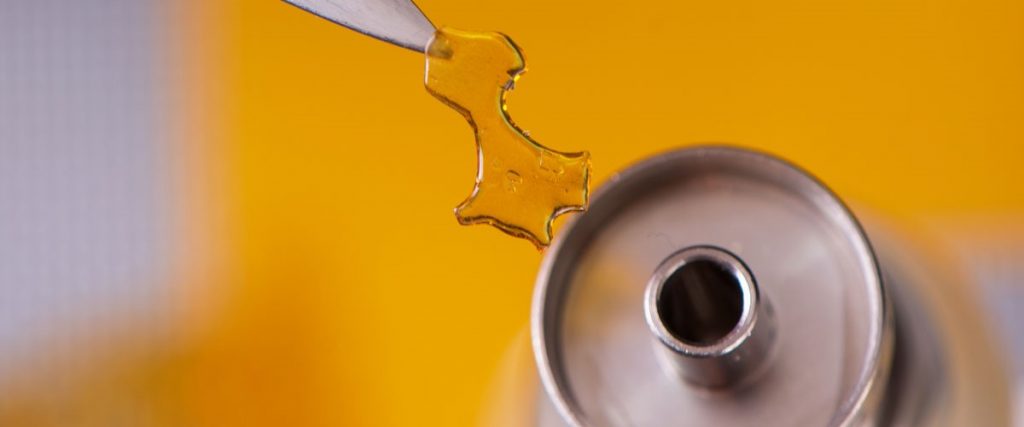
Dabbing CBD
Many consumers ask us: Can I dab CBD? Many brands, like Medical Marijuana, Inc.’s own Dixie Botanicals®, now offer CBD concentrates that can be used for dabbing. Available in dabbable oils, crumbles, and CBD isolate powders, CBD oil derived from hemp is federally legal because it contains only a trace amount of THC, far below psychoactive levels. Extracted using safe supercritical CO2, CBD hemp oil concentrates are dabbed the same way as marijuana extracts, providing fast and effective CBD benefits.
Cannabis 101
Learn about dabbing and other cannabis related topics like how to find a dispensary, how to grow your own marijuana at home, and more by visiting our Cannabis 101 page.
